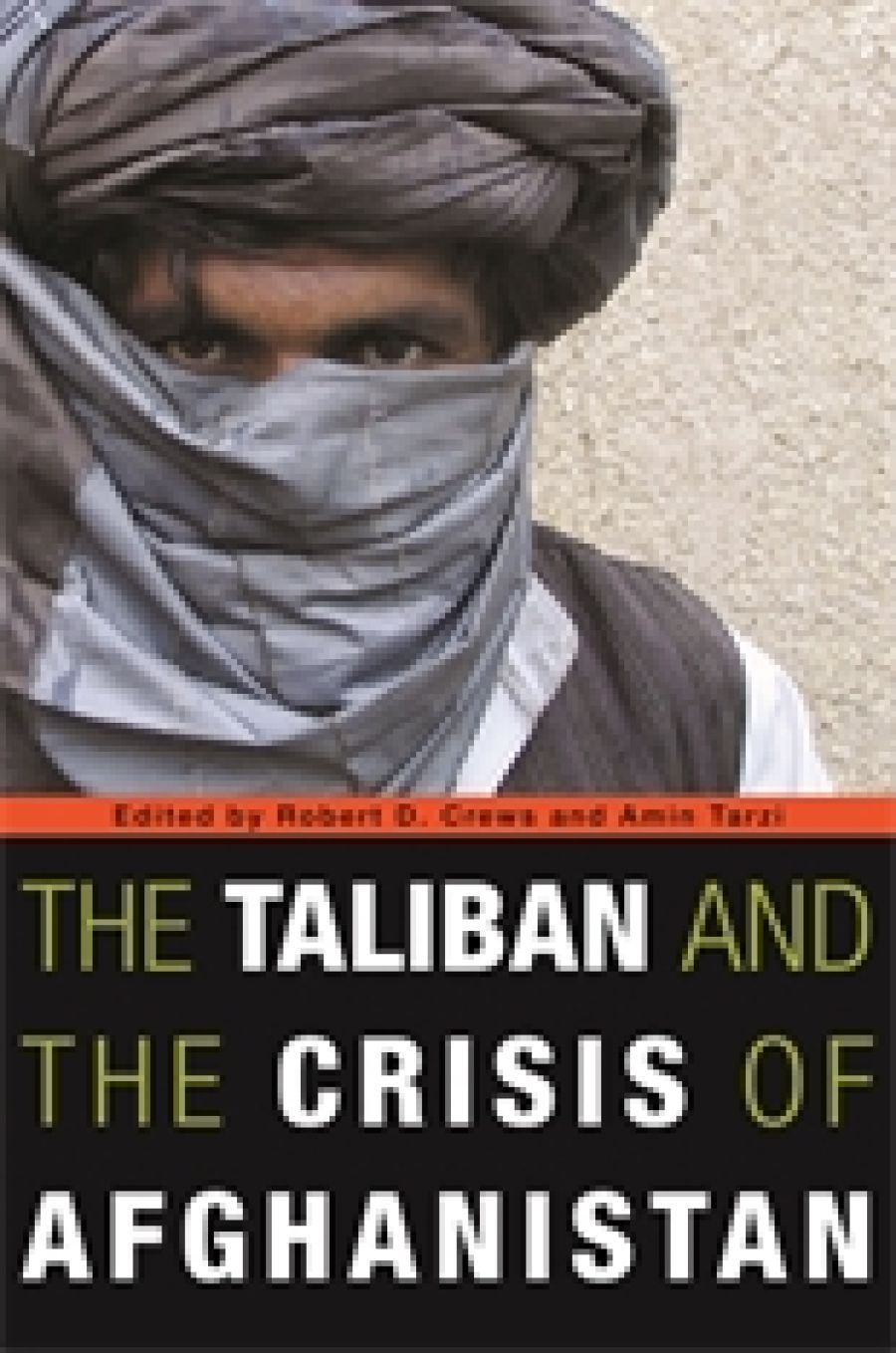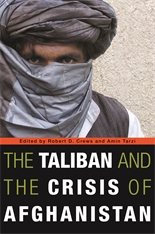
- Free Article: No
- Contents Category: International Studies
- Custom Article Title: A quick fix
- Review Article: Yes
- Article Title: A quick fix
- Online Only: No
- Custom Highlight Text:
In its 250 years of statehood, Afghanistan has gone through numerous episodes of political rupture. The principal causes of these upheavals have remained more or less the same: an underdeveloped economy and the inability of the rulers to shift from a tribal political culture, to a more participatory national politics based on modern and democratic national institutions and rules of governance. As a result, with rare exceptions, the rulers of Afghanistan have depended on foreign patrons and not on the human and material resources of the nation to rule. This political milieu of buying the support of tribal leaders has led to fratricidal wars of succession and pacification, with devastating consequences, resulting in extended periods of political and social unrest and lawlessness. These bloody conflicts, often called jihad by the contestants, have facilitated and even invited foreign interventions by the British, Russians, Pakistanis, Iranians, and now the Americans and their allies.
- Book 1 Title: The Taliban and the Crisis of Afghanistan
- Book 1 Biblio: Harvard University Press (Inbooks), $54.95 hb, 430 pp
- Book 1 Cover Small (400 x 600):

- Book 1 Cover (800 x 1200):

Cultural norms have evolved in the Pashtun tribal society to establish social order under conditions of such ruptures. The Norwegian anthropologist Fredrik Barth provided a succinct description of this normative framework. In social and political conflicts ‘where concerted punitive action is called for, groups of religious students (talibans) have proved more readily responsive than the larger community of villagers under the directions of the council’ (Indus and Swat Kohistan: An Ethnographic Survey, 1956). The emergence of the Taliban movement in the aftermath of the Soviet withdrawal from Afghanistan in 1989, and the ensuing fratricidal war between the Mujahedin factions, were expressions of the underlying normative structures of Pashtun culture. Without explicitly referring to Barth’s work, M. Nazif Shahrani, in his contribution to The Taliban and the Crisis of Afghanistan, acknowledges that: ‘The ascent and triumph of Talibanism, fleeting as it was, fit well within the structural patterns and dynamics of wars of succession that Afghanistan has experienced in the last one hundred years.’
In this volume’s ten essays, some of the leading, mostly United States-based scholars of Afghan history, politics, culture and society offer authoritative and lucid interpretative accounts of the rise and fall and resurgence of Talibanism in Afghanistan. They use their expertise to explain the central concern of the volume: how did a seemingly anachronistic band of religious zealots manage to achieve and retain a tenacious foothold in the struggle for Afghanistan’s future? Essays by Shahrani and Abdulkader Sinno, Neamatollah Nojumi, Lutz Rzehak, Robert D. Crews, Robert L. Canfield and Amin Tarzi explore different dimensions of this question. Although each differs on emphasis, there is general consensus that it is too facile to explain the rise of the Taliban only in terms of their receiving assistance from outside the country.
Several contributors show that the reason behind the success of the Taliban is what they did. The Taliban provided moral clarity and a promise of a just and safe society stemming from a potent vision of Pashtun authenticity. After the ravages of the war against the Soviet occupation (1979–89), followed by murderous conflicts among the Mujahedin factions that followed, the Taliban promised to preserve the Pashtun customary code – Pashtunwali. The protection of this cultural asset reduced resistance to Taliban expansion. Their success also hinged on their mastery of the tribal milieu, and was aided by the Islamist agendas of Afghanistan’s neighbours.
Using Hegelian theory, Juan R. I. Cole’s essay provides an exhaustive analysis of the repressive gender policies of the Taliban. This was crucial to the Taliban project, just as it has been central to other modern orders. What distinguished the Taliban from other contemporary societies, Cole contends, was their brutal insistence on projecting power in novel ways: by dramatically privatising women and making religion, power and morality public. But this policy is not unique to the Taliban. Shades of it are reflected in the gender policies of other countries with Islamist agendas, such as Pakistan, Iran and Saudi Arabia.
Following the 9/11 terrorist attacks, the United States intervened militarily and, with the support of its Afghan allies, the Northern Alliance, won a quick victory, ending the five-year rule of the Taliban régime, which had not gained diplomatic recognition beyond Pakistan, Saudi Arabia and the United Arab Emirates. But what did this victory achieve? Tarzi, Crews and Atiq Sarwari describe how the Taliban régime disintegrated and how the movement is now re-emerging seven years after its collapse, aided by the amnesties offered by the American-backed Afghan government and the growing alienation of the Pashtun from the government and the United States–NATO–Australian led military campaigns.
In his essay, Tarzi argues persuasively that what he calls the neo-Taliban is not a resurrection of the old régime but a resistance movement of several loosely linked independent groups. Some of these are aligned to al Qaeda, others to Pashtun nationalism and traditional Islam, linked by their mission to rid Afghanistan of foreign forces and to establish a sharia-based Islamic state. These groups believe that those who support the policies of the United States in Afghanistan are guilty of offending Islam. In this respect, their insurgency is another example of the political ruptures Afghanistan has gone through in its history.
The neo-Taliban movement has succeeded in undermining the authority of the Afghan government through daily acts of violence. It has also made the United States–NATO led Afghan war dangerous to execute. For American troops, Afghanistan is more dangerous than Iraq. The casualty rate in Iraq is 0.9 per 1000 soldiers, while in Afghanistan it is 1.6 per 1000. For aid workers, Afghanistan is more dangerous than other comparable postwar environments, and many are abandoning or scaling back their operations. In 2006, after working for twenty-four years in Afghanistan through the years of Soviet occupation and the Taliban reign, the Doctors Without Borders pulled out of Afghanistan. On 13 August 2008, after four of its aid workers were killed, the International Rescue Committee, suspended its humanitarian aid programme indefinitely.
The United States–NATO response to the violence and guerrilla warfare by the neo-Taliban insurgency was to increase military attacks, including aerial bombings of villages suspected of supporting the insurgents. Between June and November 2006, the United States Air Force dropped 987 bombs, outstripping the total numbers (884) dropped between 2001 and 2004. The American forces are expanding their ‘psychological operations’ by using culturally specific forms of humiliation in their operations in the Afghan countryside. These operations, which overwhelmingly target Pashtun areas, are seen by Pashtuns as an American-led ‘genocide of Pashtuns’ and as an assault on their honour and religion.
In the epilogue, Sarwari and Crews provide their assessment of the American policies and the war in Afghanistan. Their conclusion is sombre and deserves the attention of all those interested in the future of Afghanistan, including the Australian politicians who have blindly followed the American policies. The United States fought a proxy war against the Russians in the 1980s using the bodies of the Afghans, Pakistanis and Arabs, and gave these people modern weapons and logistical support. In post-Taliban Afghanistan, the United States and its partners ‘opted for a quick cheap war followed by a quick, cheap peace’.
Having insisted on a centralised state, the Americans have failed to back the authority of the newly installed Afghan government of Hamid Karzai. They have deprived him of a proper treasury and have continued to wield military power through punitive expeditions that have not only turned communities against the post-Taliban government but also have failed to provide security. The Pax Americana promised development but only succeeded in expanding the wide fissures that cut through Afghan society and, in mobilising diverse foes against the centre, have rekindled memories of grievances feeding the thirty-year war.
What is missing is a discussion of the economic, social and political implications of eradicating opium poppy cultivation, which now involves thirteen per cent of the country’s population, or three million people. In addition, an examination of the economic impact of almost fifty billion dollars of annual American military and development expenditure in Afghanistan (whose legal GDP is around nine billion dollars), would have added further depth to the analysis undertaken in this excellent volume. It should be read by all those who want to understand the war in Afghanistan and its historical and contemporary contexts. The message of the volume is that the Western-backed war is not the solution but the problem in Afghanistan.


Comments powered by CComment